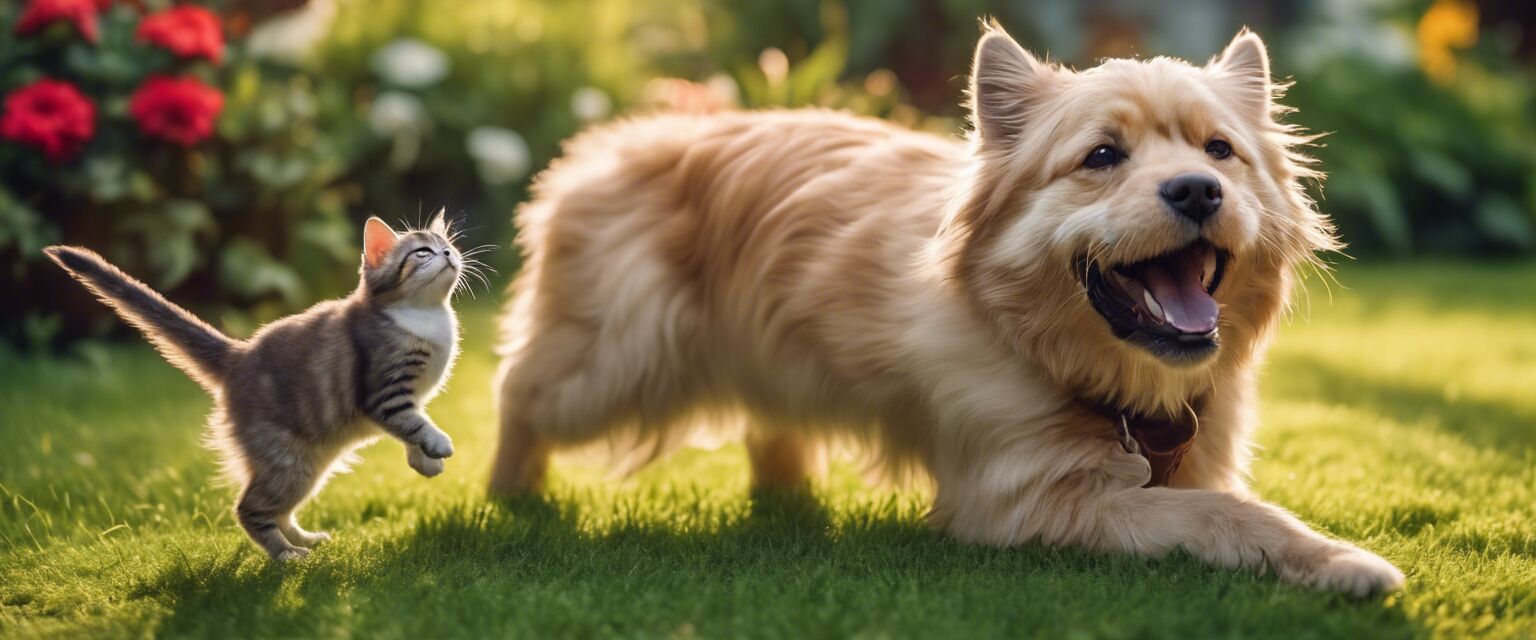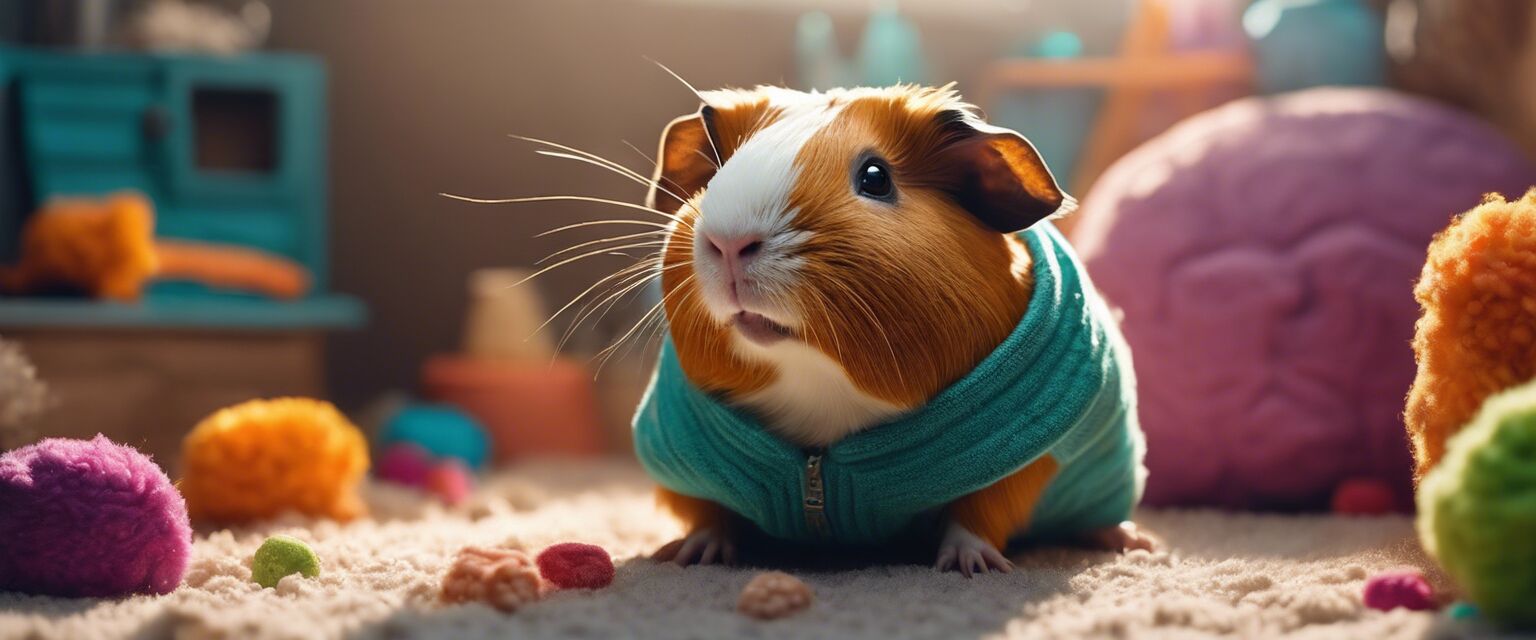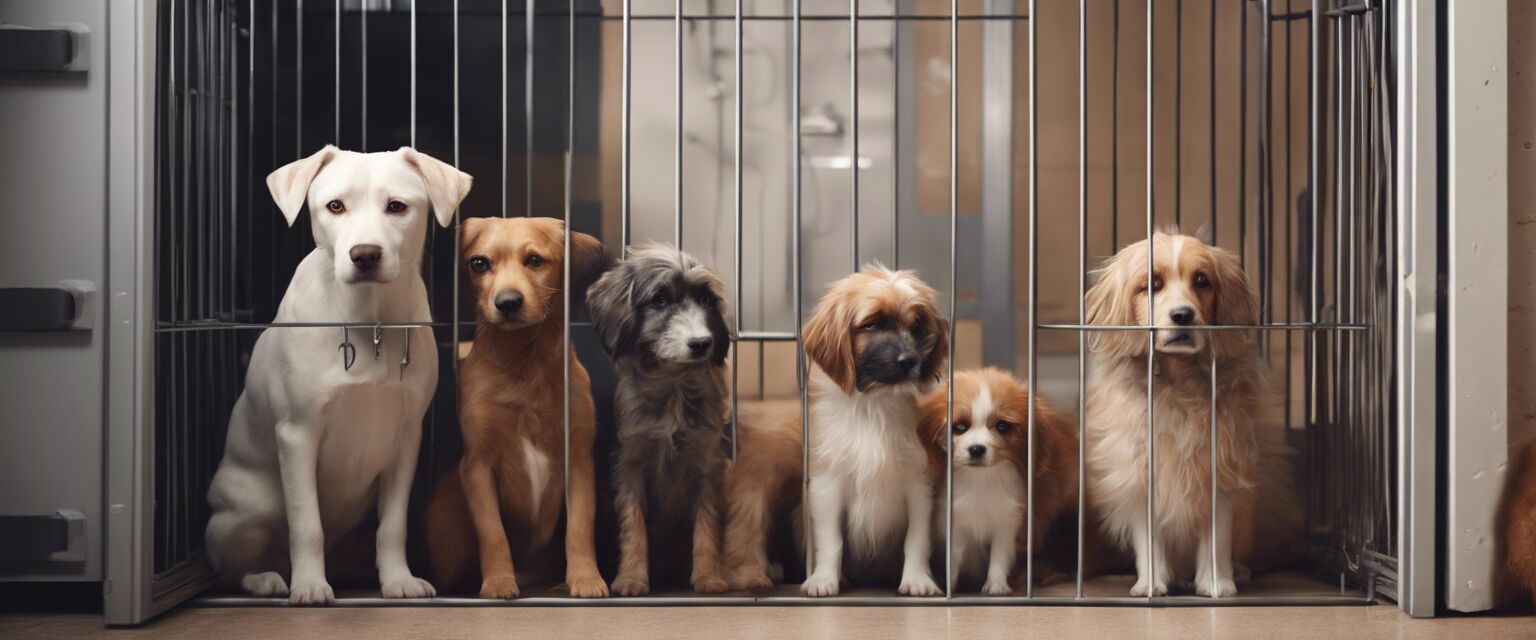
Pet Training and Behavior
Understanding pet training and behavior is essential for any pet owner looking to enhance their relationship with their furry, scaly, or feathered friends. In this detailed guide, we will explore top products, strategies, and insights into how to effectively train and positively influence the behaviors of your pets.
Key Takeaways
- Training is essential for a well-behaved pet.
- Positive reinforcement works best in behavior modification.
- Different pets may require varied training approaches.
- Consistency and patience are fundamental in training.
- Choosing the right products can aid in training success.
Understanding pet behavior
To effectively train your pet, it's crucial to understand their natural behaviors and instincts. Pets communicate with us primarily through body language, and being attuned to these signals can greatly enhance your training experience.
Common behaviors in pets
| Pet Type | Common Behaviors |
|---|---|
| Dogs | Barking, chewing, digging |
| Cats | Scratching, climbing, nocturnal activity |
| Birds | Chirping, preening, social bonding |
| Rabbits | Digging, chewing, grooming |
Effective training strategies
Implementing effective training strategies is crucial for behavior modification. Here are some tried-and-true methods:
Positive reinforcement
This method involves rewarding your pet for desired behaviors. Rewards can range from treats to verbal praise, creating a strong association between the behavior and the reward.
Clicker Training
Clicker training utilizes a sound (the click) to indicate correct behavior, followed by a reward. This method helps clarify the behavior you want to reinforce.
Consistency is key
Ensure all members of your household use the same commands and techniques when training your pets. This prevents confusion and promotes quicker learning.
Patience and understanding
Remember that learning takes time. Be patient with your pet and celebrate small victories during the training process.
Tips for beginners
- Start training in a quiet, distraction-free environment.
- Keep training sessions short but frequent.
- Use high-value treats for motivation.
- Learn your pet's signals and body language.
- Be prepared for setbacks; progress is not always linear.
Top products for training
The right tools can significantly boost the effectiveness of your training. Here are some recommended categories of products:
Training pads for dogs
Perfect for new puppy owners, training pads can help teach your dog the appropriate place to relieve itself.
Interactive toys
These toys are designed to keep pets mentally stimulated, which is essential for any training routine.
Leashes and harnesses
Proper leashing tools are vital for training dogs, especially in teaching them to walk calmly by your side.
Common training challenges
Many pet owners face common training challenges. Here are a few and how to handle them:
| Challenge | Solution |
|---|---|
| Excessive barking | Identify triggers and use positive reinforcement to encourage quiet behavior. |
| House soiling | Establish a regular potty schedule and reward outdoor relief. |
| Aggression towards other pets | Gradual introductions, positive rewards, and sometimes professional guidance. |
| Scratching furniture | Provide scratching posts and reward their usage. |
Professional training options
If DIY training proves difficult, consider seeking help from professional trainers. Various options include:
- Group classes for socialization.
- Private training for individual attention.
- Online training resources.
Maintaining good behavior long-term
Once your pet has learned basic commands and behaviors, youâll want to ensure they retain this knowledge. Here are a few strategies:
Regular practice
Keep your pet engaged by mixing up commands and practicing regularly. Consistency reinforces learned behaviors.
Socialization
Expose your pets to various environments and other animals. It helps maintain good behavior and can prevent future aggression.
Engagement through play
Having regular playtime not only strengthens your bond but also reinforces positive behavior through interactive activities.

Conclusion
Training your pet is not just beneficial; itâs essential for a harmonious household. Understanding your pet's behavioral needs and recognizing the importance of positive reinforcement will make a world of difference. Explore our wide range of dog supplies, cat supplies, or bird supplies to find products that can assist in training and behavior improvement.

Pros
- Increased bond with your pet.
- Better control and handling of behaviors.
- Improved safety for pets and owners.
- More enjoyable experiences in public.
Cons
- Training can require time and patience.
- Not all pets respond to the same techniques.
- Professional training can be costly.











